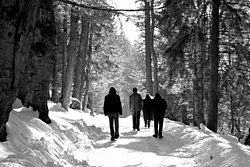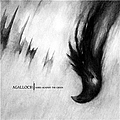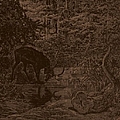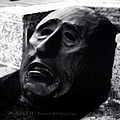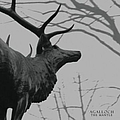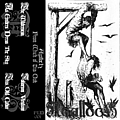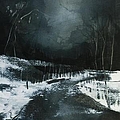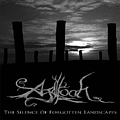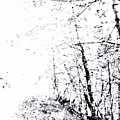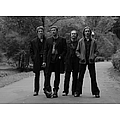Disenchanted and frustrated with the confines of their previous projects, Agalloch began in 1995 as the creation of John Haughm and Shane Breyer. In early 1996 in Portland, Oregon, USA, songs began to be produced by the duo and, during the summer, Don Anderson was added to the band to further refine the material. These songs would later become the From Which of This Oak demo tape in the autumn of that year. This recording showed a large amount of black metal influence, with an amount of material which would later appear on subsequent albums in one form or another. Shortly after the recording, Jason William Walton was added to the line up as bassist. In 1998, the three recorded a new promotional tape solely for labels. It caught the attention of The End Records, who offered them a record contract, resulting in the Pale Folklore album. The album features less of a black metal influence than before, many totally reworked demo songs, more folk elements and neoclassical interludes. The album was met with much critical acclaim. After the recording was complete, Breyer departed from the band line up. After a quiet period, the band released an EP of unreleased material from 1998-2001 entitled Of Stone, Wind, and Pillor, revealing even more of a neoclassical and experimental element of the band and generally less distorted vocals. The EP also includes a cover of folk noir band Sol Invictus' Kneel to the Cross, that would later be released on Sol Lucet Omnibus, French label Cynerfierrd's tribute compilation to Sol Invictus. During the 2001 to early 2002 period, Agalloch recorded The Mantle, featuring sleeve art of photographs of public statues and fountains found in downtown Portland. This album featured far more of a post-rock influence throughout than previous albums, more undistorted vocals than before and an amount of martial music instrumentation. This album marked a change in media attention for Agalloch, landing them interviews with a few mainstream magazines. Following the release of The Mantle, Agalloch played their first show March 6th, 2003 in Portland, Oregon.[1] This was followed by a few shows in March and a full-scale west coast tour in May. In 2003, Tomorrow Will Never Come was released and in 2004 The Grey EP was released. These EPs showcased an even more experimental side of Agalloch featuring heavily remixed and reworked versions of songs from The Mantle, as well as a new, heavily post-rock influenced title track Tomorrow Will Never Come on the Tomorrow Will Never Come album. Agalloch also performed a series of shows on the American east coast in 2004, some of them in Toronto, Canada. A nature-themed split 10" picture disc EP with the Finnish band Nest was also released in 2004, showcasing a collaborative, neofolk effort by Agalloch. The Nest track being a more electronic, percussion-heavy effort with vocals and guitar contributed by Haughm and Anderson. 2005 saw double vinyl re-releases of The Mantle and Pale Folklore in a limited edition wooden box, complete with new artwork for both albums. It was only available to commemorate the band's single 2005 live performance at Day of the Equinox, a music festival held in Toronto on October 14, 2005. In August 2006 the group released the album Ashes Against the Grain from The End Records. Although there is still a black metal background, scandinavian progressive and post-rock is the new experimentation of the group included in this album. Clean vocals and guitar sounds make the album more attractive. In late 2007, Agalloch parted ways with their drummer, Chris Greene, who was replaced by Aesop Dekker from Ludicra. Agalloch released their new EP, The White on Vendlus on February 29th 2008, coinciding with the leap year. It will contain seven dark folk and ambient works written and recorded over the past 3 years. A sample track, Sowilo Rune, can be listened via MySpace. Agalloch will be featured on the Der Wanderer über dem Nebelmeer compilation, collaborating with German ambient artist Mathias Grassow. www.agalloch.org
